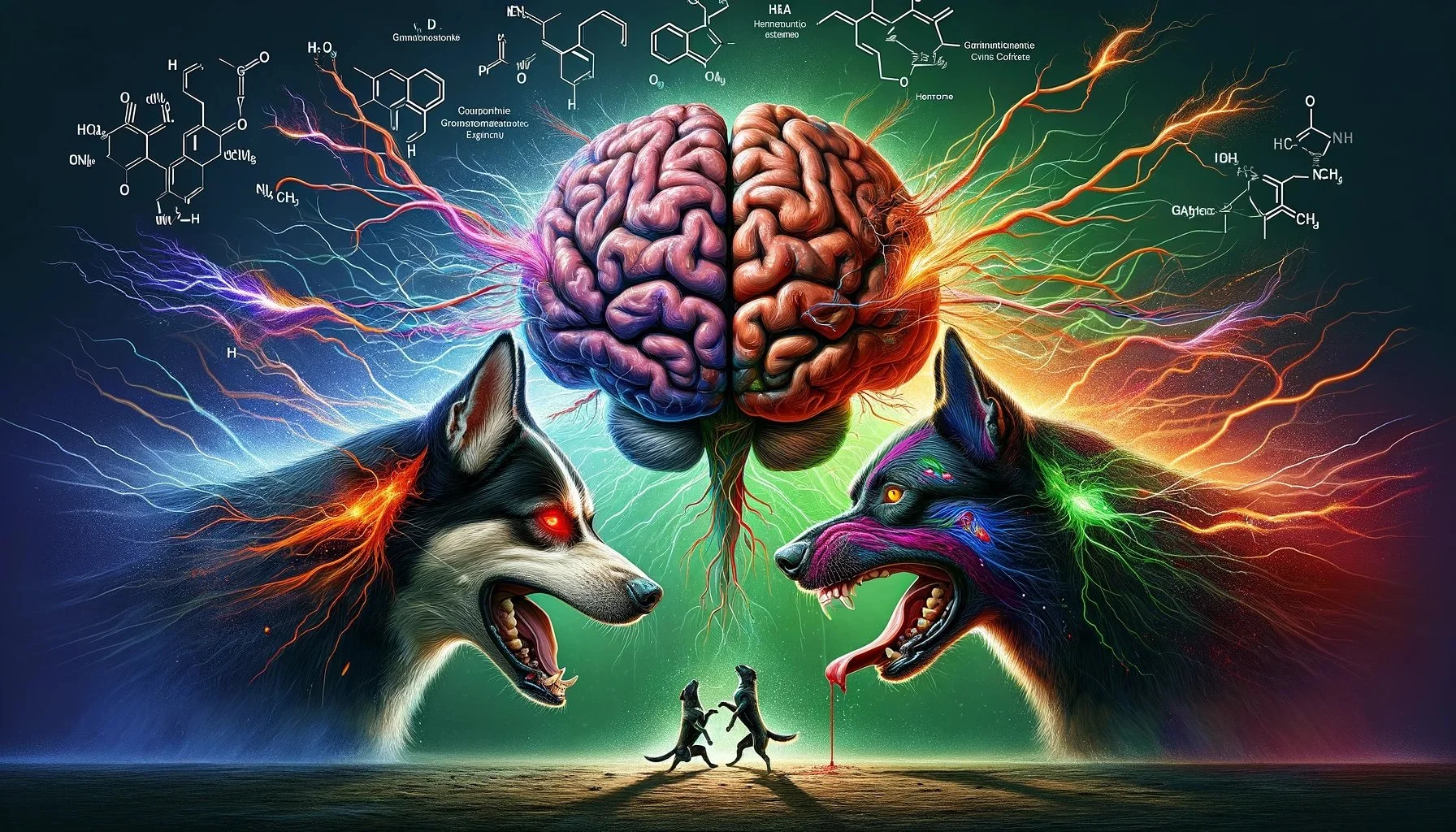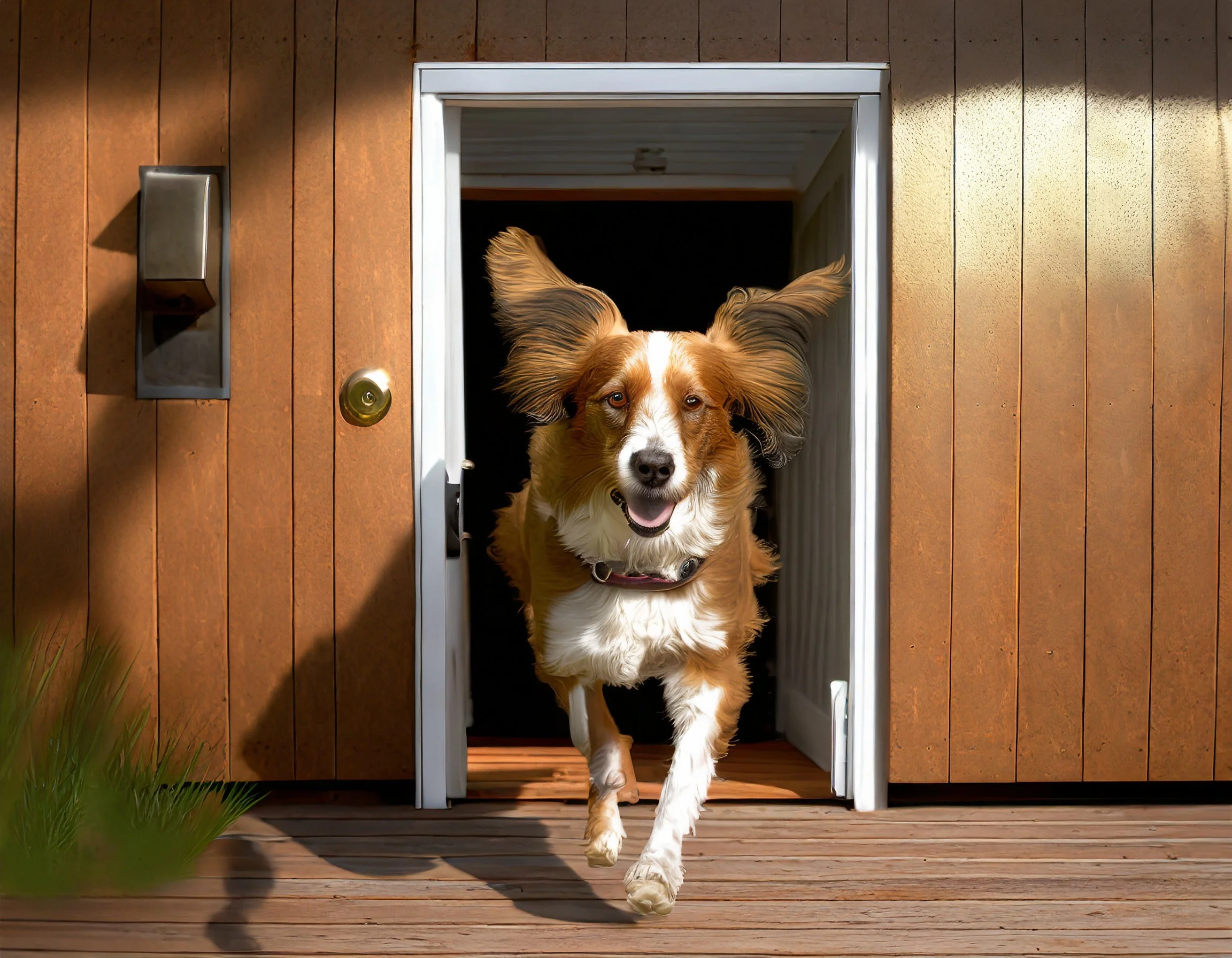The passage of time is a universal experience, yet the way in which it is perceived is anything but uniform across the animal kingdom. The intricate dance of evolution has endowed various species with unique sensory capabilities, allowing them to interpret their surroundings in ways that are perfectly attuned to their ecological niches and survival demands. From the rapid-response world of a buzzing housefly to the more measured pace of a serene sea turtle, time's tempo alters dramatically between species. In this article I will introduce you to fascinating concept of temporal perception, exploring how and why the experience of time can vary so widely among our planet's diverse inhabitants.
Central to our understanding of these perceptual differences is the Critical Flicker Fusion Frequency (CFF), a metric that sheds light on an animal's ability to process visual stimuli over time. With higher CFFs linked to a more acute sense of temporal change, we gain insights into the remarkable adaptations that enable certain animals, like dogs, to perceive rapid movements with astonishing clarity—arguably experiencing the world in what humans might describe as "slow motion."
Join me as I explain the neurological underpinnings and evolutionary factors contributing to this sensory spectrum, offering a glimpse into the varied experiences of time across species. We'll examine the role of predators and prey in shaping these perceptual capabilities, provide illustrative examples from the animal world, and challenge preconceived notions about the relationship between size, lifespan, and the perception of time. Prepare to expand your understanding of reality as we will look through the eyes of creatures great and small, discovering the profound impact temporal perception has on the lives of animals everywhere.








